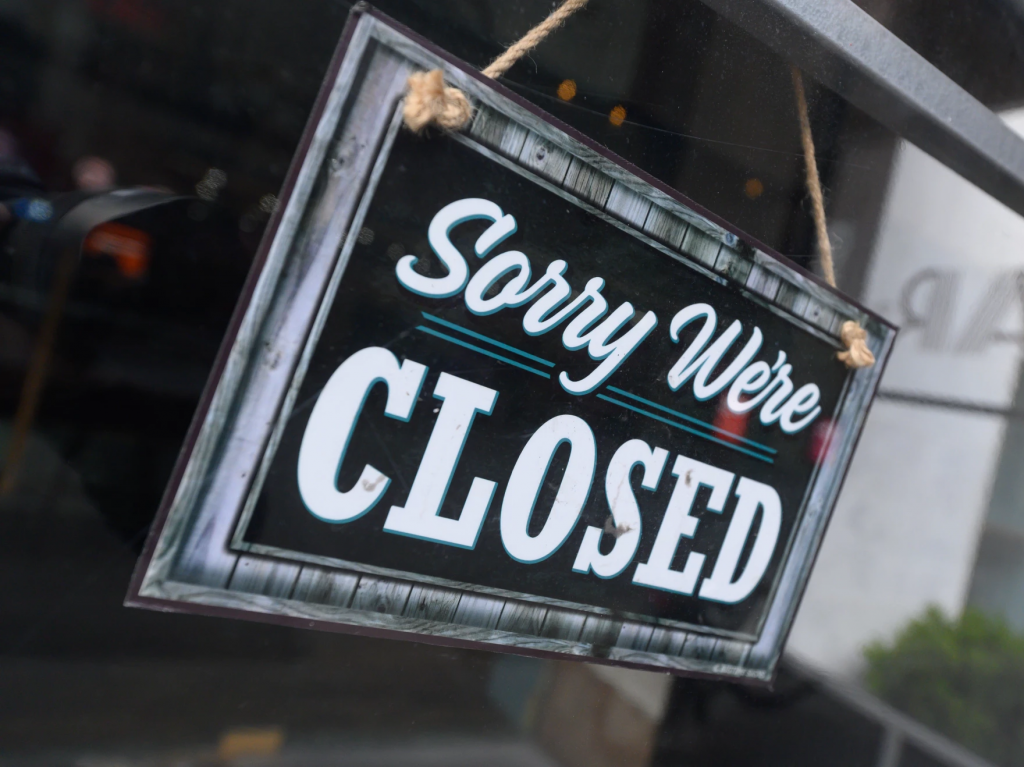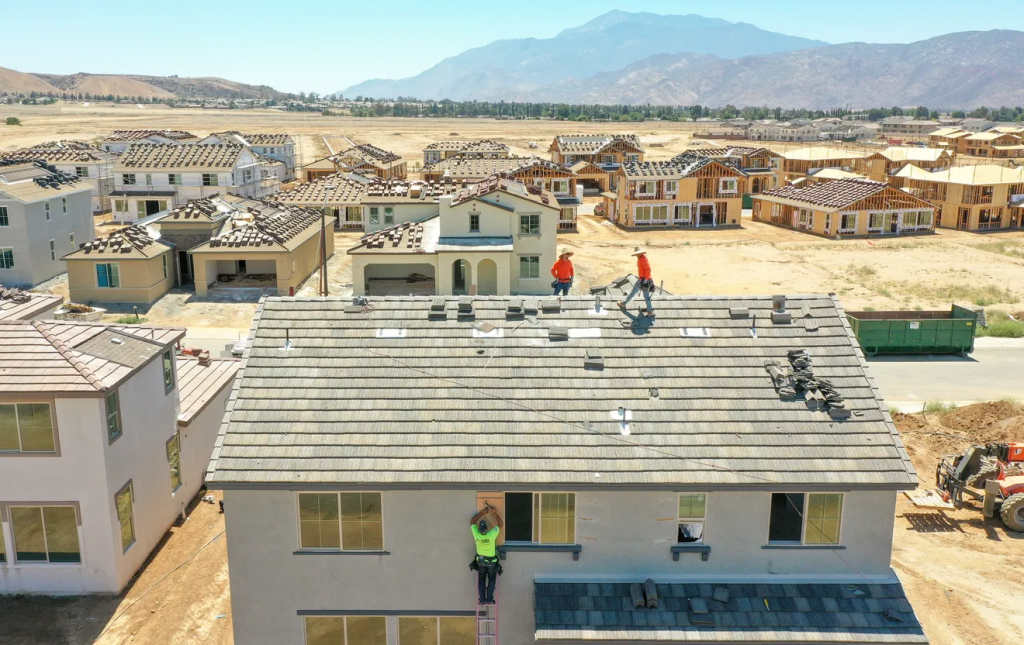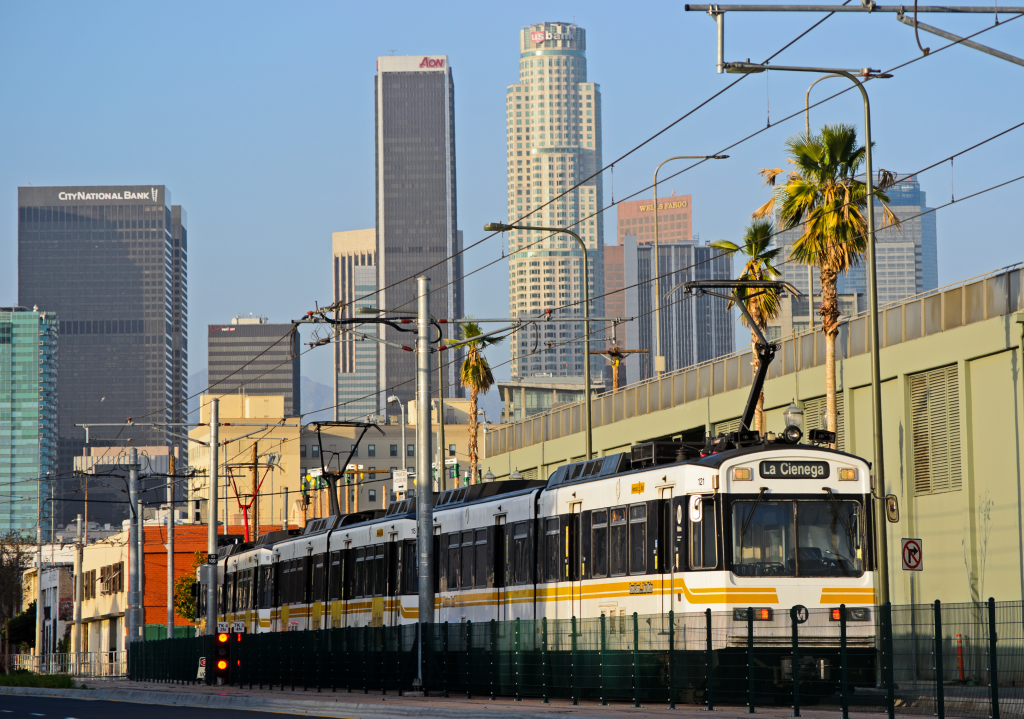
I’ll be guest hosting today’s Your Call’s Media Roundtable, when we’ll discuss the vicious power struggle between the Sudanese Armed Forces and the paramilitary Rapid Support Forces in Sudan. This escalation of violence has created a humanitarian crisis of immense proportion, turning the Khartoum into a war zone. Hundreds have died and tens of thousands are fleeing to neighboring countries. What is next for Sudan?
Joining us will be Mat Nashed, journalist and analyst specializing in the Middle East and North Africa, with a focus on Sudan.
Then later in the program we’ll cover America and the Taliban, a new Frontline series that traces America’s 20-year war in Afghanistan.
Drawing on decades of on-the-ground reporting and interviews with Taliban and U.S. officials, this epic three-part investigation traces how America’s 20-year investment in Afghanistan culminated in Taliban victory and examines the missteps and consequences.
Joining us will be:
- Marcela Gaviria, award winning journalist and filmmaker with Rain Media
- Martin Smith, award winning senior producer and foreign correspondent for FRONTLINE
Tune in at 91.7 FM in the San Francisco Bay Area or stream live at 10am PT. What comments or questions do you have for our guests? Call 866-798-TALK to join the conversation!

Tonight on State of the Bay, we’ll discuss the potential Oakland A’s move to Las Vegas with the “Bay Area Sports guy,” Steve Berman of The Athletic. He’ll also share his latest analysis of the Warriors/Kings playoff series, the state of the Giants, and more.
Plus, we’ll talk about a new report on preparing the Bay Area for rising sea levels, with an estimate that it will cost a staggering one hundred and ten billion dollars. We’ll dig into the feasibility of this. Guests will include:
- Dana Brechwald, Assistant Planning Director for Climate Adaptation at the San Francisco Bay Conservation and Development Commission, or, BCDC.
- Adrian Covert, Senior Vice President of Public Policy for the Bay Area Council, or BAC.
Finally, we’ll start our series “Have you met”…where we talk to Bay Area folks that we think you should know. So have you met Chris Chatmon? Find out why you should.
What would you like to ask our guests? Post a comment here, tweet us @StateofBay, send an email to stateofthebay@kalw.org or leave a voicemail at (415) 580-0718.
Tune in tonight at 6pm PT on KALW 91.7 FM in the San Francisco Bay Area or stream live. You can also call 866-798-TALK with questions during the show.
Electric vehicles are a big win over internal combustion engine models in so many ways: superior performance and reduced fueling and maintenance costs. But one area where they lag is higher auto insurance rates.
Moody’s just released an analysis of the problem. Here’s their chart showing the disparity in costs for some of the best-selling EVs compared to their gas counterparts:

As the chart shows, the disparity can range from up to 54 percent insurance cost increase between the Tesla Model Y and Mercedes GLE to 18 percent increase between the Chevrolet Bolt and Jeep Compass — lower but still more than the gas version.
Why is this happening? It’s mostly attributable to higher repair costs when there is an accident. In short, the battery is the most expensive part of the vehicle and therefore costly to replace. As a result, many EVs are declared a total loss after a collision. And while EVs have a lower risk of fires than gas cars, EV fires are harder to extinguish. They also tend to happen when a vehicle is parked, meaning the damage can spread to garages and other buildings.
In addition, EVs are heavier than gas cars and can therefore cause more damage in a collision. Finally, many auto repair shops don’t have the expertise and equipment to repair electric vehicles, which drives up cost.
But this added cost is not necessarily a permanent feature. As battery prices decrease, replacement will be less of a burden after a collision. And more repair shops will be able to handle the work, which will decrease costs as well. Both of these factors should eventually help address the insurance issue, which is a somewhat hidden but important financial challenge to address if we want to see EVs available to all.

To achieve a sustainable supply chain for electric vehicles, especially from the mining of key battery inputs, we’ll need global reforms on how mining is conducted. These reforms will need to be everything everywhere all at once, and I offer some suggestions how in this new op-ed in The Hill:
Advocates can help…by supporting laws that require automakers (and energy storage companies) to source battery minerals from companies and countries that adhere to strict standards to protect local communities, such as [the Initiative for Responsible Mining Assurance, or IRMA]. Advocates and philanthropies can also support local advocates in key mineral-producing countries, by arming them with the resources they need to effect change within their jurisdictions, including via anti-corruption measures such as improved transparency requirements and whistleblower protections. Finally, policymakers can work to reduce the overall demand for new mining, such as through mandates and infrastructure planning for battery reuse and recycling, as well as promote demand reduction through more public transit, walking and biking — an important complement to electrifying transportation.
Meanwhile, the situation has only become more urgent with proposed deep sea mining that could happen as soon as later this year, if an international agency charged with regulating the seafloor outside of national boundaries doesn’t take action. I discussed this prospect recently with the Washington Post and KCBS radio in San Francisco.
Ultimately, the success of electric vehicles is a good thing. But we can’t repeat the mistakes of the past with harmful fossil fuel extraction. Sustainable supply chains, including responsible mining, must be a top priority for reformers around the world.

On tonight’s State of the Bay we’ll learn about new California laws designed to protect kids on social media. Our guest will be Assemblymember Buffy Wicks, who will discuss new legislation on this issue.
Then we’ll cover the state of affairs for small businesses in San Francisco. Many of them have continued to face challenges even after the pandemic. Will new programs and policies help? Guests include Katy Tang, Executive Director of San Francisco’s Office of Small Business, and Daniel Herzstein, Director of Public Policy at the San Francisco Chamber of Commerce
Finally, we’ll hear about the Ansel Adams exhibit currently showing at San Francisco’s de Young Museum.
What would you like to ask our guests? Post a comment here, tweet us @StateofBay, send an email to stateofthebay@kalw.org or leave a voicemail at (415) 580-0718.
Tune in tonight at 6pm PT on KALW 91.7 FM in the San Francisco Bay Area or stream live. You can also call 866-798-TALK with questions during the show.

I’ll be on KQED Forum today at 10am discussing the latest self-driving technology, how it’s being legislated, and what will drive its future.
In San Francisco, self-driving taxis with no human operator are already driving around city streets. Google-owned Waymo expanded to L.A. last month, and General Motors’s Cruise has applied to widen its testing to cities across California. What will the impact of this deployment be on drivers, the environment and public safety?
Joining me on the show will be:
- Christopher Beale, studio engineer, producer and reporter, KQED – reported for Bay Curious a piece, “You’re Not Imagining It: There Are More Driverless Cars in SF Now”
- Trish Blinstrub, political director, Teamsters Joint Council 7
Tune in on KQED Radio or stream live at 10am!

A major new piece of housing and climate legislation was introduced in California this month, and it’s been a long time coming. AB 68 (Ward) finally sets forth a powerful template for where the state should encourage new housing and where it should avoid planning for more, based on climate and environmental hazards. It represents the culmination of a long-sought alliance between major housing advocates like California YIMBY and conservation groups like The Nature Conservancy.
So where should the state build more housing, according to AB 68? It defines those places in the following “climate smart” ways:
- In a high or moderate income area, as defined by state affordable housing tax credit maps, to prioritize more housing in high-opportunity and well-resourced areas and minimize displacement of low-income renters
- Within 1/2 mile of major transit or an area where residents drive below-average distances on a per capita average, in order to reduce overall driving miles in the state
- Within a mile of a cluster of at least six types of locations like restaurants, bars, coffee shops, supermarkets, parks and hardware stores, among others, to ensure rural and exurban infill areas aren’t left out, as well as places without access to transit.
If a housing development is proposed in these areas, the project gets “ministerial” approval (i.e. exempt from environmental review), and a local government cannot limit the development beyond any of the following:
- Setback greater than four feet from any side
- Height limit less than 50 feet
- Maximum lot coverage of less than 60 percent
- Minimum parking requirement
- Floor area ratios (i.e. the building’s total floor area in relation to the size of the lot/parcel, indicating overall density) less than 1.0. to 1.5, depending on criteria met
There are additional requirements to protect existing affordable housing and ensure consistency with SB 375 plans, among others.
And where should planning for denser development in the state be limited? AB 68 describes these “climate risk lands” as within high-severity wildfire and flood zones, or having a sea level rise risk according to the latest science. They also must be not currently zoned for housing or have existing urbanized communities on them.
In these areas, local governments cannot increase existing housing densities or allow subdivisions, and they cannot approve any extension of water or sewer services, unless certain exceptions can be met, such as an approved housing element and a statement of housing necessity, among other conditions.
In short, AB 68 finally provides the much-needed, legislatively endorsed map for where the state should grow and where it should avoid putting more people into harm’s way. If successful, AB 68 will arguably be the single biggest climate bill that the state has passed in over a decade, given the centrality of land use and housing to meeting our climate goals. The fight to pass it will not be easy, but AB 68 has a powerful coalition to support it, along with a well-conceived solution to the state’s urgent and related challenges of climate and housing.

LA Metro Rail — the sprawling network of light rail and subway lines criss-crossing Los Angeles County since the first line opened in 1993 — is facing an existential challenge. Just like other transit agencies around the country, ridership since the pandemic has plummeted, still around just two-thirds of its pre-COVID peak.
What can be done to fix it? In my new Los Angeles Times op-ed today, I offer a number of fixes. Most of it involves building more apartments and compact housing within walking distance of the Metro Rail stations, which would ensure the system isn’t reliant just on white collar office workers who are unlikely to return to work full time.
But the agency also needs to address its crime and personal safety issues, which can be partly helped by having more riders. State leaders should consider these needs if they decide to take action to rescue LA Metro and other California transit agencies facing a “fiscal cliff” as federal COVID funds expire.
I’ve been documenting Metro Rail since before the publication of my book Railtown (UC Press) in 2014. And there’s no doubt that the ridership and fiscal crisis the system now faces is the greatest in its three-decade history. Hopefully these recommendations can help the region make the most of this multi-billion dollar investment, fulfilling the economic, environmental and quality-of-life promise of rail in Los Angeles.
Join us tonight for State of the Bay’s inaugural “climate special.” We’ll hear about new and proposed climate legislation in California, discuss Bay Area cleantech startups and enjoy climate comedy.
First, we’ll talk with State Senator Josh Becker, representing the residents of California’s 13th Senate District, about climate legislation in California.
Then we’ll hear how Bay Area companies are innovating to create a cleaner, greener future for our state and beyond, even as some tech companies are choosing to move away from this region. Joining us will be Lora Kolodny, tech and climate reporter for CNBC, and Abe Yokell, managing partner and co-founder of Congruent Ventures.
And finally, we’ll laugh along with comedians Brad Einstein and Kyle Niemer, members of the inaugural climate comedy cohort created by Generation180 and the Center for Media & Social Impact. They’re goal is to inject humor into the climate change conversation.
What would you like to ask our guests? Post a comment here, tweet us @StateofBay, send an email to stateofthebay@kalw.org or leave a voicemail at (415) 580-0718.
Tune in tonight at 6pm PT on KALW 91.7 FM in the San Francisco Bay Area or stream live. You can also call 866-798-TALK with questions during the show.

California and other jurisdictions have been moving to reduce vehicle miles traveled (VMT) as a climate solution. Yet some pro-sprawl interests question whether this is necessary, given the advent of electric vehicles. It’s fair to ask: if all vehicles are “zero emission,” do we really need to care any more about how much driving we do, in terms of the climate impact?
The answer is unequivocally yes, and here are the top five reasons:
- Gas cars will be with us for a long time. As the California Air Resources Board noted in the 2022 scoping plan appendix, even with a goal to have only zero-emission vehicles sold in the state by 2035, approximately 30 percent of light-duty vehicles on the road in 2045 will still burn fossil fuels. The less of that we burn through reduced driving, the better.
- Clean electricity generation still has a carbon cost. Even if we move to 100% electric vehicles, that energy has to come from somewhere. And if it’s large-scale solar or wind facilities, they come with their own energy inputs to manufacture, as well as land use impacts to deploy. For example, some studies conservatively estimate it takes 10 acres of solar panels to generate one megawatt of electricity, an hour of which could potentially power about 3,500 driving miles collectively. Using that land for electricity and not food production, carbon sequestration, or open space comes with significant climate costs.
- Low-VMT development patterns reduce carbon pollution from buildings. As CARB noted, infill development (as opposed to sprawl served by publicly-subsidized highways) uses an estimated 10 to 20 percent less residential energy, due to smaller unit types, sizes, and locations — not to mention reduced water use from less outdoor irrigation requirements, which come with their own energy footprint to ship and treat the water.
- Reducing sprawl and VMT preserves open space and working lands as a carbon sink. To achieve carbon neutrality by mid century or sooner, we’re going to need to bury carbon. Natural and working lands are a key part of that equation, as they provide opportunities to bury carbon in soils through natural processes. Developing these lands instead for high VMT sprawl can permanently foreclose that opportunity.
- Electric vehicles come with their own carbon footprint and pollution costs. While dramatically better for the environment than fossil fuel-powered cars, EVs still require significant energy to manufacture, and their use on the road can create particulate matter pollution through wear on the tires and brakes and by kicking up particulate matter from the road. They also require large-scale mining of lithium, graphite and other minerals, which creates local environmental and energy impacts.
I could also mention non-climate reasons for wanting to reduce VMT, such as the equity benefits of building more housing closer to jobs and services in order to reduce transportation costs that disproportionately hurt low-income residents. But I’ll stick with the climate benefits for now.
Overall, we do need to electrify 100% of our transportation modes from a climate perspective. But we also need to simultaneously reduce the demand for transportation by building better and smarter communities in walkable, affordable, and transit-friendly areas.
Without that reduced driving, our climate goals will be much harder to achieve.




